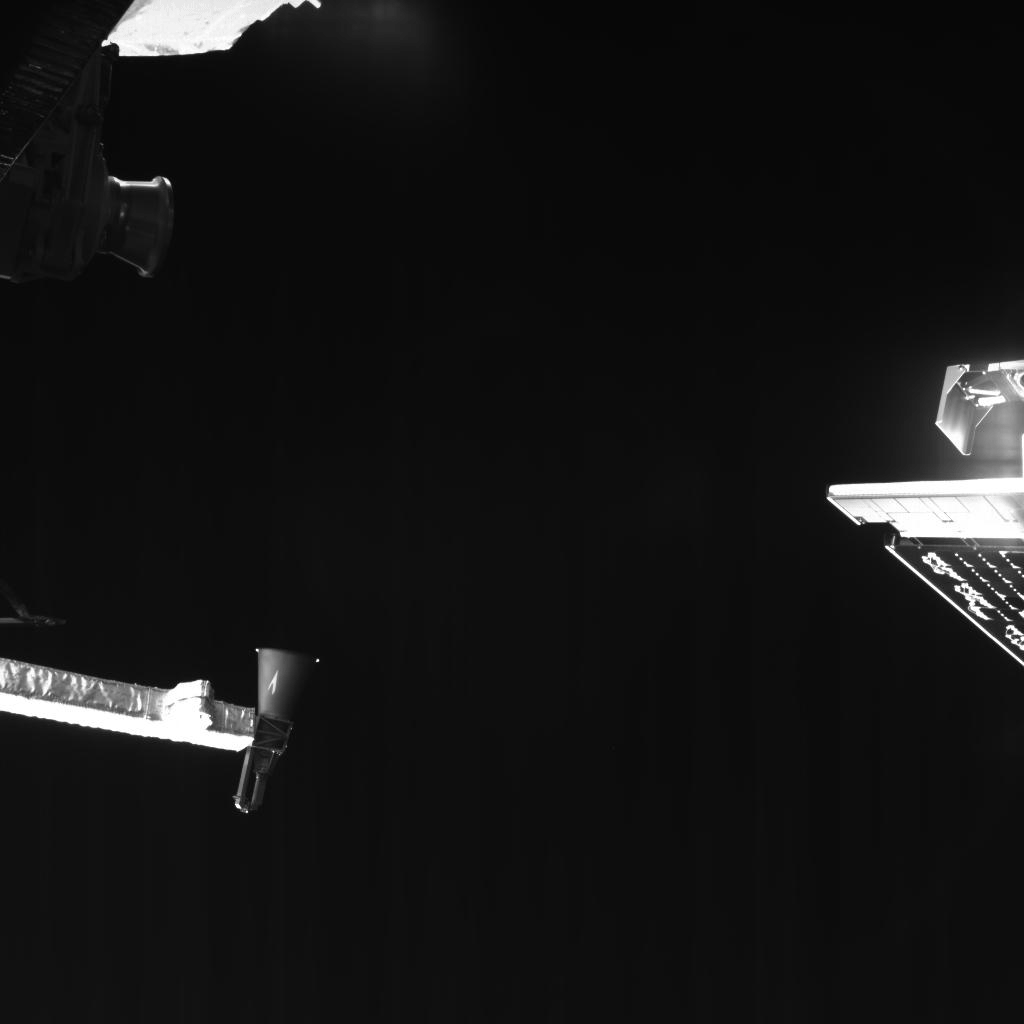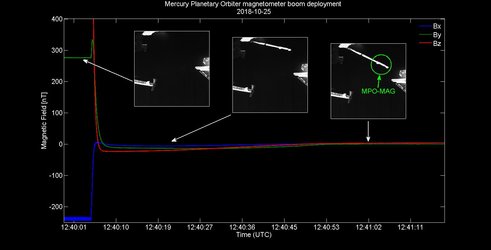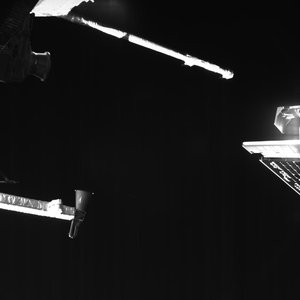Accept all cookies Accept only essential cookies See our Cookie Notice

About ESA
The European Space Agency (ESA) is Europe’s gateway to space. Its mission is to shape the development of Europe’s space capability and ensure that investment in space continues to deliver benefits to the citizens of Europe and the world.
Highlights
ESA - United space in Europe
This is ESA ESA facts Member States & Cooperating States Funding Director General Top management For Member State Delegations European vision European Space Policy ESA & EU Space Councils Responsibility & Sustainability Annual Report Calendar of meetings Corporate newsEstablishments & sites
ESA Headquarters ESA ESTEC ESA ESOC ESA ESRIN ESA EAC ESA ESAC Europe's Spaceport ESA ESEC ESA ECSAT Brussels Office Washington OfficeWorking with ESA
Business with ESA ESA Commercialisation Gateway Law at ESA Careers Cyber resilience at ESA IT at ESA Newsroom Partnerships Merchandising Licence Education Open Space Innovation Platform Integrity and Reporting Administrative Tribunal Health and SafetyMore about ESA
History ESA Historical Archives Exhibitions Publications Art & Culture ESA Merchandise Kids Diversity ESA Brand CentreLatest
Space in Member States
Find out more about space activities in our 23 Member States, and understand how ESA works together with their national agencies, institutions and organisations.
Science & Exploration
Exploring our Solar System and unlocking the secrets of the Universe
Go to topicAstronauts
Missions
Juice Euclid Webb Solar Orbiter BepiColombo Gaia ExoMars Cheops Exoplanet missions More missionsActivities
International Space Station Orion service module Gateway Concordia Caves & Pangaea BenefitsLatest
Space Safety
Protecting life and infrastructure on Earth and in orbit
Go to topicAsteroids
Asteroids and Planetary Defence Asteroid danger explained Flyeye telescope: asteroid detection Hera mission: asteroid deflection Near-Earth Object Coordination CentreSpace junk
About space debris Space debris by the numbers Space Environment Report In space refuelling, refurbishing and removingSafety from space
Clean Space ecodesign Zero Debris Technologies Space for Earth Supporting Sustainable DevelopmentSpace weather
Space weather and its hazards ESA Vigil: providing solar warning ESA Space Weather Service NetworkLatest
Applications
Using space to benefit citizens and meet future challenges on Earth
Go to topicObserving the Earth
Observing the Earth Future EO Copernicus Meteorology Space for our climate Satellite missionsCommercialisation
ESA Commercialisation Gateway Open Space Innovation Platform Business Incubation ESA Space SolutionsLatest
Enabling & Support
Making space accessible and developing the technologies for the future
Go to topicBuilding missions
Space Engineering and Technology Test centre Laboratories Concurrent Design Facility Preparing for the future Shaping the Future Discovery and Preparation Advanced Concepts TeamSpace transportation
Space Transportation Ariane Vega Space Rider Future space transportation Boost! Europe's Spaceport Launches from Europe's Spaceport from 2012Latest

BepiColombo magnetometer boom deployed
Thank you for liking
You have already liked this page, you can only like it once!
The 2.5 m long boom carrying the magnetometer sensors onboard ESA’s BepiColombo Mercury Planetary Orbiter (MPO) has been successfully deployed. The sensors are now prepared to measure the magnetic field on the way to Mercury.
Following launch last weekend, and having completed the ‘launch and early orbit phase’ on Monday, confirming the spacecraft and systems were healthy and functioning now they are in space, attention has now turned to checking the suite of scientific instruments on the science orbiters.
As part of this activity, one more piece of hardware had to be deployed: the magnetometer boom onboard the MPO. The deployment, which took about one minute to complete, was captured in a series of images taken by one of the monitoring cameras onboard the Mercury Transfer Module (MTM).
The transfer module is equipped with three monitoring cameras – or ‘M-CAMs’ –which provide black-and-white snapshots in 1024 x 1024 pixel resolution. The magnetometer boom is seen in M-CAM 2. The images were taken with an exposure of 40 milliseconds, and a time interval of six seconds between images, starting at 12:40:09 GMT (14:40:09 CEST) on 25 October. Eleven images were taken in the sequence – eight of them capture the motion of the boom, and three are shown here. Click here to see the full deployment sequence.
At the same time, the sensors in the boom itself recorded the local magnetic field during the deployment.
The M-CAMs already returned space ‘selfies’ in the days after launch, featuring the MTM’s deployed solar wings and MPO’s antennas – activities which were confirmed first by telemetry. A portion of the array can be seen towards the right in this orientation, and the cone-shaped medium-gain antenna is in the lower part of the image on the left.
The monitoring cameras will be used at various occasions during the seven year cruise phase. While the MPO is equipped with a high-resolution scientific camera, this can only be operated after separating from the MTM upon arrival at Mercury in late 2025 because, like several of the 11 instrument suites, it is located on the side of the spacecraft fixed to the MTM during cruise.
Once at Mercury, the magnetometer will measure the planet’s magnetic field, the interaction of the solar wind, and the formation and dynamics of the magnetosphere – the magnetic ‘bubble’ around the planet. Together with measurements captured by a similar instrument suite onboard JAXA’s Mercury Magnetospheric Orbiter, the spacecraft will provide scientists with data that will help investigate the dynamic environment of the planet, as well as the origin, evolution and current state of the planet’s magnetic field and its interior.
BepiColombo is a joint endeavour between ESA and the Japan Aerospace Exploration Agency, JAXA. It is the first European mission to Mercury, the smallest and least explored planet in the inner Solar System, and the first to send two spacecraft to make complementary measurements of the planet and its dynamic environment at the same time.
-
CREDIT
ESA/BepiColombo/MTM -
LICENCE
CC BY-SA 3.0 IGO or ESA Standard Licence
(content can be used under either licence)

BepiColombo magnetometer boom deployed - gif sequence

BepiColombo magnetometer boom measures magnetic fiel…

BepiColombo magnetometer boom deployed (8)

BepiColombo magnetometer boom deployed (6)















 Germany
Germany
 Austria
Austria
 Belgium
Belgium
 Denmark
Denmark
 Spain
Spain
 Estonia
Estonia
 Finland
Finland
 France
France
 Greece
Greece
 Hungary
Hungary
 Ireland
Ireland
 Italy
Italy
 Luxembourg
Luxembourg
 Norway
Norway
 The Netherlands
The Netherlands
 Poland
Poland
 Portugal
Portugal
 Czechia
Czechia
 Romania
Romania
 United Kingdom
United Kingdom
 Slovenia
Slovenia
 Sweden
Sweden
 Switzerland
Switzerland
























